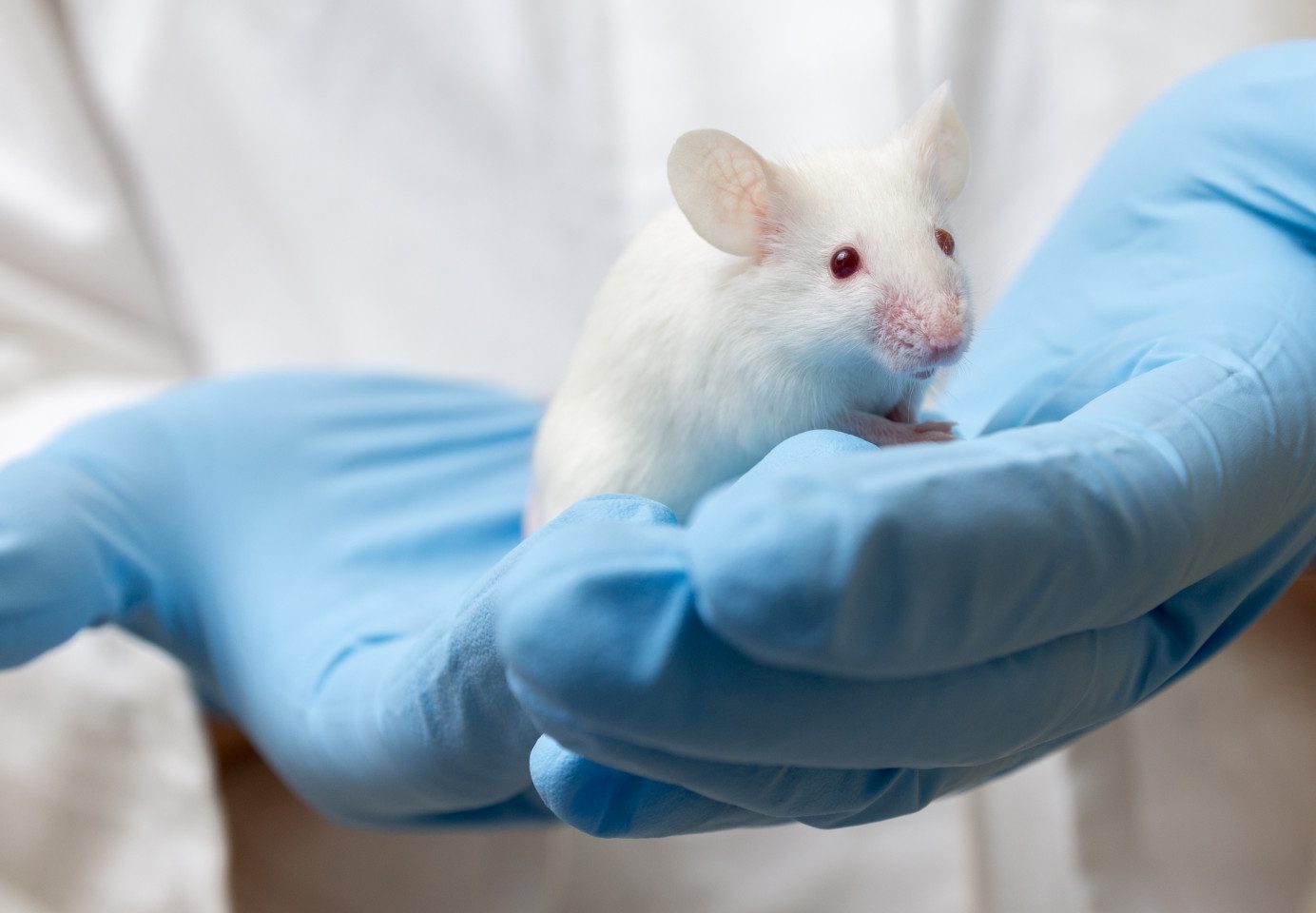Foundation Supports Promising Preclinical Work in CMT

The Hereditary Neuropathy Foundation is supporting preclinical work focused on mutations in the CNTNAP1 gene, which were linked previously to symptoms of Charcot-Marie-Tooth (CMT) disease, it announced in a press release.
CMT is part of a large group of disorders called neuropathies, which are diseases characterized by nerve damage. Estimated to affect more than 2.5 million people worldwide, neuropathies are the leading cause of non-injury-related neurological and neuromuscular disability.
Neuropathies commonly affect the speed at which nerve cells can send electrical signals to other nerve cells or to muscle cells (a measure called nerve conduction) through their long fibers, or axons.
This impaired signal propagation leads to the loss of nerve function, and subsequent muscle weakness and atrophy.
No therapeutic strategies to restore axon function are currently available. Moreover, the therapeutic time window within which restoration of axonal functions must occur to recover nerve conduction, and ultimately regain lost mobility, remains unclear.
As such, identifying potential therapeutic targets and approaches that may help restore axon function is highly relevant.
Previous studies have identified contactin associated protein 1 (CNTNAP1) as a key element for fast nerve signal propagation in axons. Mouse models genetically modified to lack CNTNAP1 show impaired axon function and severely reduced nerve conduction that leads to muscle atrophy and paralysis.
Recently, mutations in the CNTNAP1 gene were identified in several children, most of whom showed a broad range of disabilities ranging from mild-to-extreme muscle weakness, in addition to developmental delays.
Some of these children may develop typical symptoms of CMT, which mainly affects nerves that supply movement and sensation to the arms and legs. A previous study reported the presence of a CNTNAP1 mutation in a man with childhood-onset CMT.
Genetic analyses showed that most of these children carry a specific combination of two distinct mutations in the two copies of the CNTNAP1 gene (one from each parent). One mutation leads to the loss of the CNTNAP1 gene copy from one parent and the other to a change in a single amino acid, the building blocks of proteins, in CNTNAP1, affecting its function.
Now, a team of researchers led by Manzoor Bhat, PhD, of the University of Texas Health Science Center at San Antonio, is evaluating the effects of these CNTNAP1 mutations in mouse models and whether CNTNAP1 protein restoration may normalize nerve function in these mice.
Supported by the Hereditary Neuropathy Foundation, the team first generated several mouse models genetically modified to carry the exact same mutations as some of these children. In these mice, one of the CNTNAP1 gene copies is absent and the other has the specific mutation that changes an amino acid in the resulting protein.
Each mouse line is currently being analyzed for defects in nerve conduction and axon structure to conclusively establish the impact of these single amino acid changes in CNTNAP1’s function.
The researchers also developed similar genetically modified mouse models that will allow them to assess whether restoring the production of normal CNTNAP1 at different times of the mice’s life can normalize nerve function.
Additionally, the team plans to evaluate the potential benefits of a gene therapy approach that uses a modified and harmless virus to deliver a functional copy of the CNTNAP1 gene to cells. After receiving the gene therapy, the mouse models will undergo a battery of tests to assess their nerve and muscle function.
“Collectively, the mouse models of human CNTNAP1 mutations offer the best hope to test restoration strategies as ‘proof of principle’ towards human applications in the treatment or management of CNTNAP1 mutations to restore nerve functions,” said Bhat.





